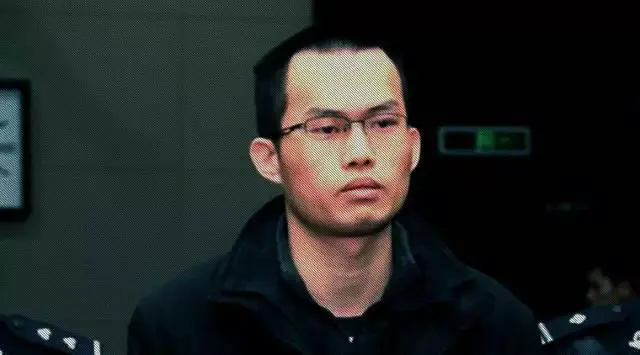Lin Senhao, a medical student in Shanghai convicted of poisoning his roommate in 2013, was executed after the death sentence was upheld by the Supreme People's Court (SPC) on Friday.
The Shanghai No. 2 Intermediate People's Court, acting on the execution order signed by the SPC president, executed Lin, a former medical student at the prestigious Fudan University. Before the execution, Lin met with his family members with the court's permission.
Lin was sentenced to death by the Shanghai No. 2 Intermediate People's Court on Feb. 18, 2014. He was convicted of using N-Nitrosodimethylamine, a deadly chemical compound taken from a university lab, to poison his roommate, Huang Yang, which resulted in Huang's death.
On Jan. 8, the Shanghai Higher People's Court rejected Lin's appeal and upheld the death sentence after a second trial. The court reported Lin's case to the SPC for verification of case details and approval.
The SPC publicized the results of the verification in a statement issued Friday. According to the statement, Lin had a grudge against Huang and decided to inflict harm through poisoning.
On the afternoon of March 31, 2013, Lin borrowed the key to an imaging lab at Fudan University-affiliated Zhongshan Hospital and obtained the chemical and a syringe, the SPC said.
Later that day, Lin brought the lethal chemical back to his student dorm room and poured them into the water dispenser, according to the statement.
On the morning of April 1, Huang vomited after drinking from the dispenser and went to Zhongshan Hospital for treatment.
On the afternoon of April 2, Huang was shown to have impaired liver function and hospitalized. He was admitted to the intensive care unit due to his worsening condition on April 3.
Lin did not confess, even when questioned by the police, until April 12, when the police interrogated him after confirming suspicions.
Huang died on April 16 of acute liver failure due to N-Nitrosodimethylamine poisoning followed by multiple organ failure, according to forensic analysis.
Case of severe toxicity
The chief judge in charge of the case verification said that the decision was made after an SPC collegial panel reviewed all case documents, questioned Lin and heard opinions from his defence counsel. The panel also addressed key doubts raised by the defense counsel and consulted professional institutions.
The SPC said it had approved requests from Lin and his relatives to appoint new defense attorneys after formally accepting the verification request on Jan. 30 this year, adding that it had fully ensured the lawyers' legal rights, including allowing them access to case documents.
Denying the claim that samples of Huang's water, cup and urine collected by his schoolmates might have been contaminated, the judge said the samples were first used by the hospital for Huang's diagnosis and treatment, and later transferred to the police for investigation via normal procedures.
Citing SPC inquiries, the judge noted that the sample collectors, all postgraduates in the medical profession, had knowledge of proper procedures and used sterile equipment.
According to the SPC, multiple experts, organized by a designated Shanghai forensic center, conducted a new autopsy and pathological examinations, confirming poisoning as the cause of Huang's death. Experts also ruled out the possibility that the amount of poison was not fatal or that Huang might have died from complications caused by other diseases.
The SPC held that Lin, with full knowledge of the chemical's toxicity, placed high doses of it in the water dispenser.
After the victim was hospitalized, Lin concealed the truth and lied, even after Huang was admitted to the ICU, showing a clear intent to kill. Lin committed the crime of intentional homicide, the SPC said.
Lin deliberately took concealed means to kill the victim with medical knowledge over a grudge. The crime was abominable and the consequences grave, the SPC said.
The SPC upheld the verdicts from the first and second trials, which had clear facts, valid and adequate evidence, an accurate conviction, appropriate sentences, and lawful trial procedures.
 简体中文
简体中文

